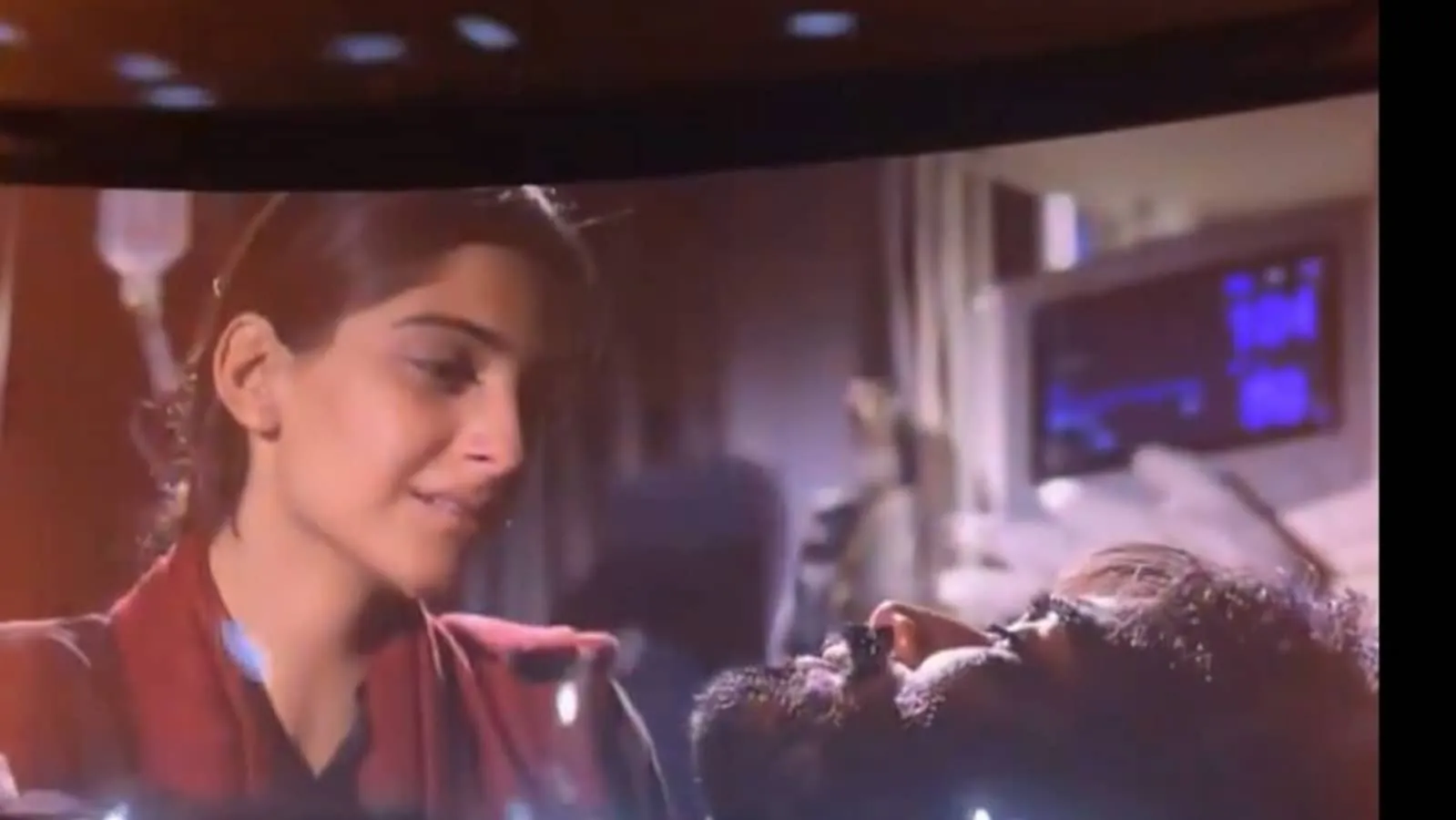Researchers shed new light on a skull found almost 100 years ago in Skhul Cave on Mount Carmel in Israel. The skull is believed to belong to a young child and is part of mysterious human remains at a 140,000-year-old burial site. A recent study published in the journal L’Anthropologie suggests that the skull might be a hybrid of modern humans and Neanderthals.
New Study Findings
The skull, estimated to be that of a 3-5-year-old girl, has raised intriguing questions about human evolution. Anne Dambricourt Malasse and her team from the Institute of Human Paleontology propose that this skull could represent a mix of characteristics from both modern humans and Neanderthals.
In a statement, John Hawks from the University of Wisconsin-Madison expressed the importance of this study in providing a scientific basis for understanding the Skhul child’s remains. Previous reconstructions did not allow for a detailed comparison with modern children.
Skull Features
The skull’s face and a significant portion of its base were missing, while the braincase displayed modern Homo sapiens features. However, the mandible showed distinct Neanderthal traits, including a lack of chin. The researchers also found the jaw to be more Neanderthal-like.
Using modern CT scanning techniques, scientists were able to gain new insights into the skull’s structure. This approach revealed the possibility of the child being a hybrid of modern humans and Neanderthals.
Debate and Implications
While some researchers speculate on the hybrid nature of the skull, others caution against premature conclusions without DNA evidence. Some believe that the features observed might simply reflect variability within Homo sapiens.
Chris Stringer, a paleoanthropologist from the Natural History Museum in London, suggests that even if not a direct hybrid, there could have been gene flow between Neanderthals and modern humans. This finding challenges existing views on human evolution.
The study hints at a possible interbreeding event between Neanderthals and modern humans around 100,000 years ago. Such interactions may explain the mix of traits found in the Skhul child’s remains.
Malasse notes the significance of this discovery in revealing that interbreeding between Neanderthals and modern humans was plausible, despite the young age of the individual.
📌 संबंधित लिंक और एम्बेड:
140,000-year-old child’s skull may have been part modern human, part Neanderthal — but not everyone is convinced https://t.co/9RxKFU0cfp #archaeology #Anthropology #science #SciChat
— Gary McFarlane (@GaryM) July 12, 2025






